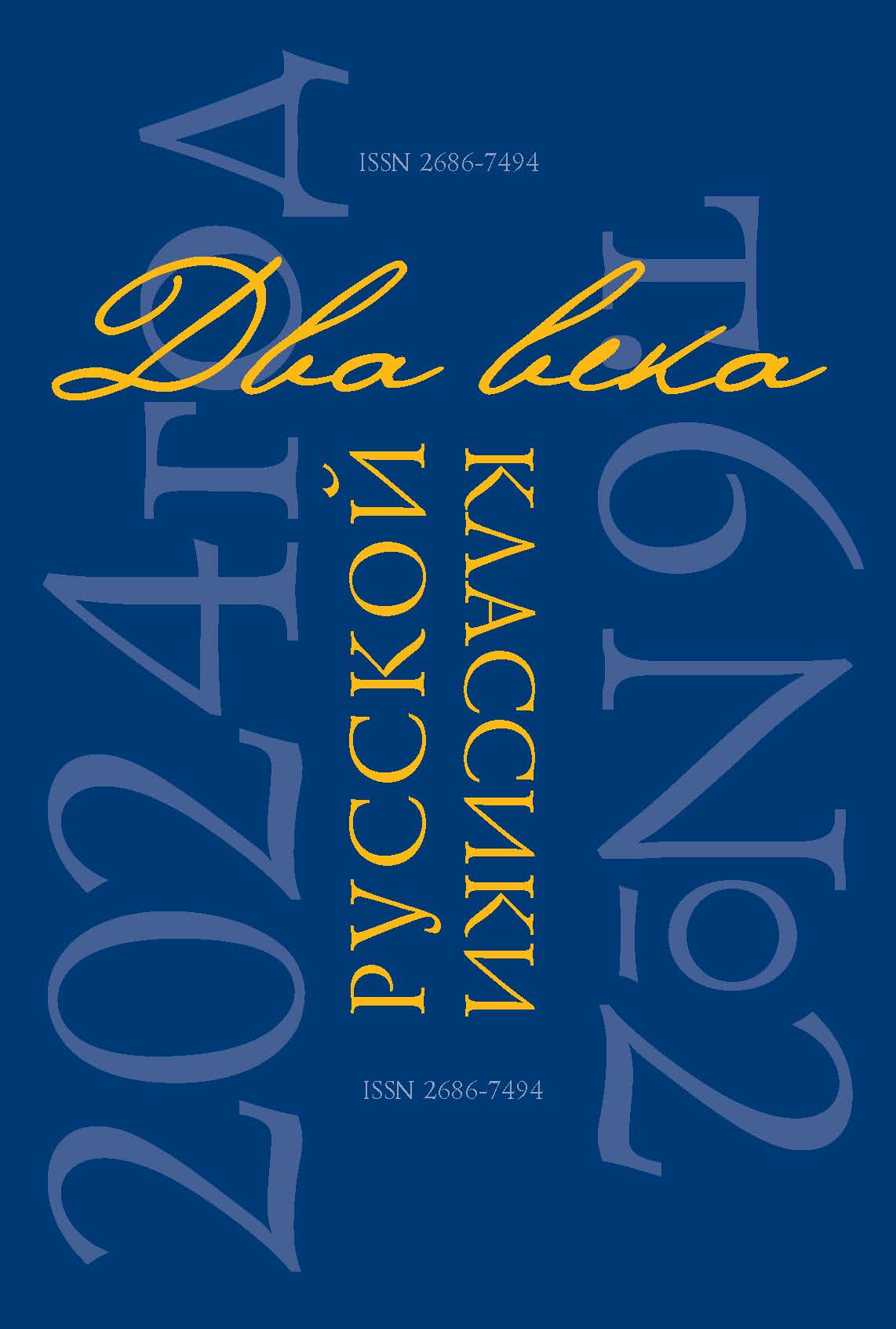Organization and procedure of reviewing
- All scientific articles submitted to the editorial office are subject to mandatory review.
- At the first stage of the reviewing process, the editors reviews manuscripts on the subject of their compliance with the journal’s formal requirements. Manuscripts that do not meet the formal requirements or the subject scope of the journal will not be considered or peer reviewed.
- Reviewing of manuscripts of articles submitted for publication in the journal “Two centuries of Russian classics” is affected by the editorial board. The editor, the editorial board members and the responsible secretary of the journal shall be responsible for the quality of reviews and timeliness of reviewing manuscripts.
- The essay undergoes a double “blind” review process, e.g. when the reviewers do not know the author’s name nor the author knows the names of the reviewers.
- The expertise is classified as confidential, reviews are provided to the author by the author’s written request without the reviewer’s signature and name, without naming position and place of work of the reviewer.
- The final decision on accepting the article of the author and placing it in one of the issues is made at a meeting of the editorial board of the journal. The responsible secretary of the journal informs the author of the decision at his request. The responsible secretary sends a reasoned refusal to the author of an article not accepted for publication at his request.
- Both members of the editorial council and the editorial board of scientific periodical Two centuries of the Russian classics and highly qualified scientists and experts of A. M. Gorky Institute of World Literature of the Russian Academy of Sciences and other institutions and enterprises, who are considered to have inherent professional knowledge and experience in the relevant scientific field, can be involved as reviewers for reviewing manuscripts. The author or the coauthor of the paper under review should not be the reviewer.
- The reviewing process shall not take longer than 6 months.
- Reviews of manuscripts of articles are kept in the editorial office of the journal for five years.
- If the reviewers recommend the material for publication, the manuscript and the text of the review are considered at a meeting of the editorial board of the journal. Existence of the positive review is not the sufficient basis for the publication of article. The decision on expediency of the publication is made by an editorial board.
- If the reviewers indicate the need to improve the material, the manuscript is returned to the author. In that case date of receipt in edition date of return of the modifed manuscript is considered. The explanation of the aspects needing improvement is made by the responsible secretary of the journal on the basis of the received review.
- In case of obtaining two negative reviews and rejection of the article by the editorial board of the journal, the manuscript is not considered any more.
Requirements for the review content
- A review should contain a qualified analysis of the article’s material, its unbiased and substantiated assessment and grounded recommendations.
- The review can be prepared by the reviewer in free form or in the form of filled expert questionnaire approved by the editorial board.
- It is necessary to pay attention to coverage the following issues in the review:
- General analysis of scientific level, terminology, structure of the article, topicality of the theme.
- Assessment of preparedness of the article for publication regarding language and style, regarding its compliance with the established requirements for materials registration in the article.
- Scientific character of stating, correspondence of the methods, techniques, used by the author, of the author’s recommendations and research findings to the achievements of modern science and practice.
- Admissibility of the length of the article as a whole and of its individual elements (text, tables, illustrations, bibliographic references).
- Expediency of premises in the article tables, illustrations and their compliance with the stated topic.
- Place of the book under review among others, already printed on this topic: what's new in it, or how it differs from them, whether it duplicates the work of other authors or the previously printed work of this author (in whole or in part).
- Inaccuracies and errors admitted by the author, and recommendations to the author and to the editorial board on improving the manuscript.
- The reviewer’s comments and suggestions should be objective and principled.
- The final part of the review should contain substantiated conclusions about the article as a whole and a clear recommendation on the advisability of publishing it.
- The reviewer shall justify the conclusions particularly convincing in the case of a negative assessment of the manuscript as a whole.









